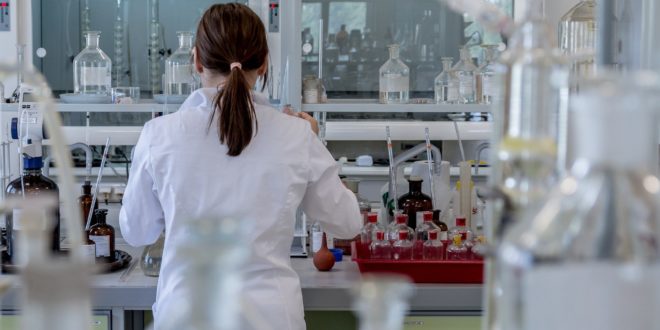Sonication involves sound energy for agitating the particles of subjects that need to be tested. The process is used for many reasons like extracting several components from seaweeds, plants, and microalgae. The process entails the use of ultrasonic sound waves and is also known as ultra-sonication or ultrasonication. This process can disrupt and agitate the membranes of the cells used for an ultrasonic probe or ultrasonic bath. It can also be used for the extraction of proteins in a scientific experiment.
An insight into the functions of a sonicator- how does it work?
A sonicator is an electronic instrument that conducts the process of sonication. The latter uses sound energy to disrupt tissues and cells of the subject that is tested. This process causes agitation to the cells and makes the intermolecular interaction weak. The process accelerates dissolution. It is popular in the field of nanoscience for dispersing nanoparticles in the sample. This produces translucent nanoemulsions in the process. Sonication is also used for the fragmentation of DNA into smaller pieces before creating new DNA insertions or for generation sequencing.
How does sonication extract proteins?
The process of sonication is widely used in laboratories for the extraction of proteins from tissues that have been broken open. It involves the use of sound waves that are very high in intensity. The process of sonication operates with different variations and efficiency depending upon the type of cell that needs to be examined or tested. For example, the walls of a cell are more resistant to the process of sonication disruption over membranes of a cell. This process of sonication with a sonicator in the laboratory is referred to as an ultrasonic probe or bath.
Is the process of sonication safe for a pregnant woman?
In cases of pregnancy, the baby can hear during the second phase of the pregnancy, and one should be careful as the fetus can be harmed by the use of strong noise that is low in frequency. It is recommended that pregnant women should not undergo the process of sonication as the process is very harmful to the development of the baby in the womb.
What role does a sonicator play in an ultrasonic bath or probe in laboratories?
In the process of sonication, a sonicator plays a crucial role. It is used for DNA detection as it helps to break down the DNA protein for tests. This device is available in the market in different sizes for laboratory probes. One must check the electric generator that is the key component of the sonicator device. It helps in the generation of signals to transform into physical vibrations that are delivered to the subject being investigated.
A sonicator comprises of three vital components – a generator, a converter and probe that is also known as a horn. The generator converts the AC power line into electrical energy of very high intensity. This leads to the collapse of several cavitation bubbles that release large amounts of energy into the field of cavitation.



